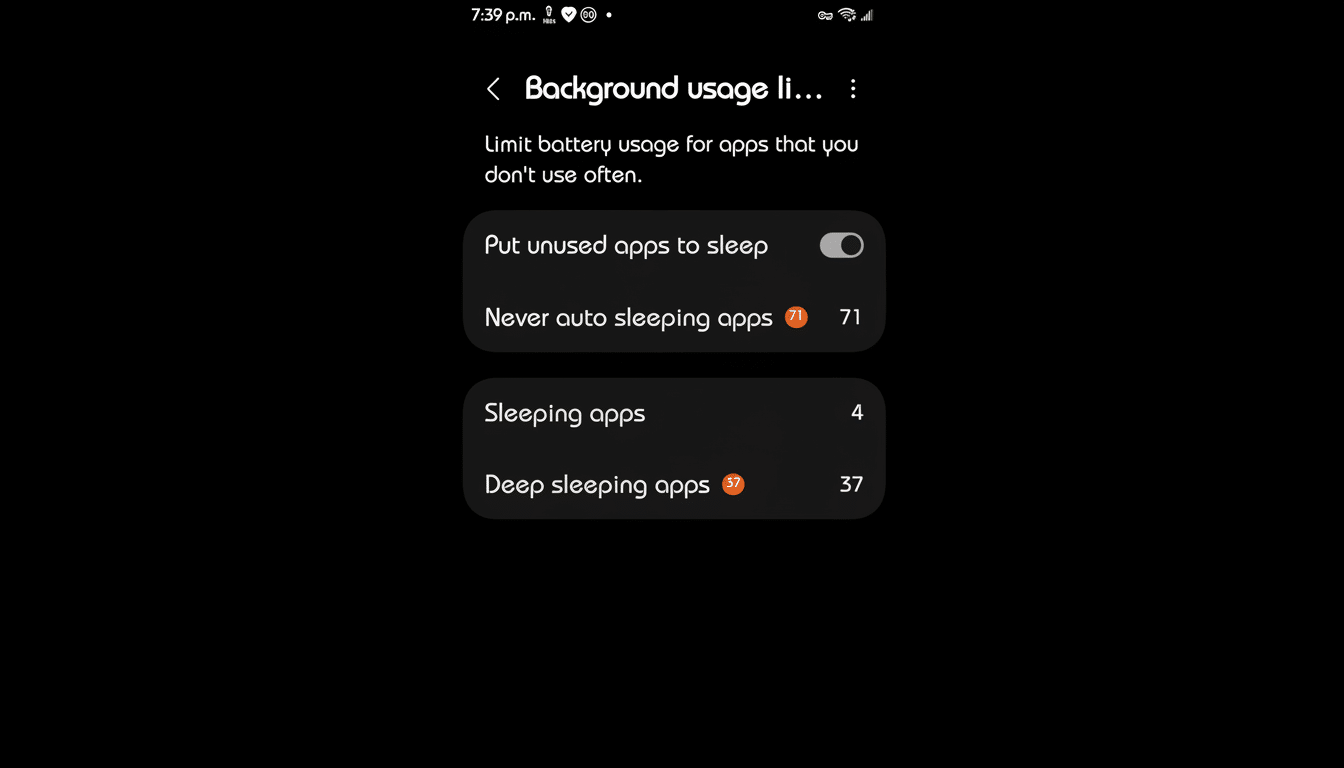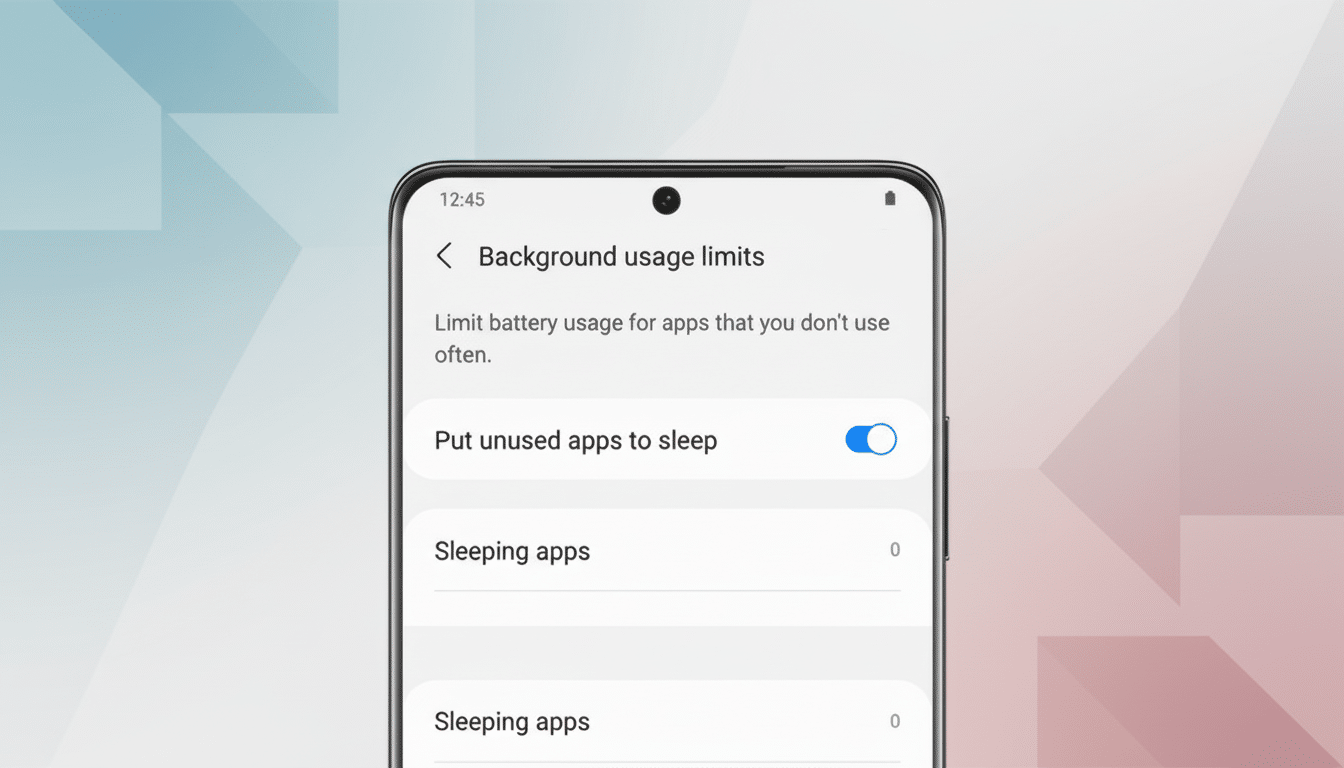If your phone sounds an alert that you received a message long after the fact, you are not alone. On Android, delayed notifications generally tend to be thanks to the way power management works, data limitations, or maybe just some sort of wonky network issue — and happily enough, they’re all simple puzzles that can be solved in a minute or less. Here’s what’s actually going on behind the curtain — and how to get alerts when they’re supposed to arrive.
Why Android notifications often arrive late on phones
The vast majority of Android push alerts traverse Firebase Cloud Messaging, which uses a long-term connection. And when Android’s battery features crack down (see: Doze, App Standby Buckets, and background limits brought on as things evolved from one version of Android to the next starting with Android 6 through today in Android 10), that connection can be stifled. Google’s developer docs state that Doze postpones background network activity until the next periodic “maintenance window,” which could explain why a ping will sit in line and arrive all at once.
- Why Android notifications often arrive late on phones
- Quick checks before deeper dives into settings
- Tame battery and data controls for timely alerts
- Dial back adaptive features when delays persist
- OEM task killers and sleeping apps to watch
- Cache, force stops, and app health troubleshooting
- When it’s not your phone causing notification delays
- A fast fix checklist for delayed Android notifications

Manufacturers add their own twists. Samsung’s “Put unused apps to sleep” and other similar kill tasks from companies like Xiaomi, OnePlus, and others are known for pausing activity in the background. The independent “Don’t Kill My App” project has been monitoring these OEM behaviors for years, demonstrating how aggressive optimization can silence time-sensitive alerts without the user’s knowledge.
Both Data Saver and Wi‑Fi power saving come into play by limiting background sync. Meanwhile, features such as Adaptive Battery and Adaptive Connectivity are designed to minimize power consumption using on-device intelligence — fantastic for improving longevity, but not so good when you can’t get connected. And yes, the little things count: Do Not Disturb and per‑app notification channels can quietly file away alerts until you kick ’em back awake.
Quick checks before deeper dives into settings
- Be sure Do Not Disturb is disabled, and the app’s notification channels are enabled or set to High priority where applicable.
- Open the offending app once; an app that has been force‑stopped doesn’t get push messages until you start it again.
- Make sure Automatic sync is also turned on (for email and chat services to fetch in the background).
Tame battery and data controls for timely alerts
Turn off Battery Saver when you want to receive timely alerts. For mission‑critical apps like messaging or banking, allow Unrestricted battery use in App Info > Battery. That exception is a way of telling Android not to be too aggressive about applying Doze or standby buckets to that app.
Check Data Saver. Either disable it or give essential apps unrestricted data access with App Info > Mobile Data > Allow background data and Allow data usage while Data Saver is on. If you’re on a metered plan, this strikes a good balance by only selectively whitelisting your chat and email apps.
Dial back adaptive features when delays persist
Adaptive Battery can postpone notifications for apps you rarely use. If you see later pings from those, try turning off Adaptive Battery or adding those apps as an exception. Adaptive Connectivity, which switches between 5G and 4G to save power, might also put off background sync in certain situations — you can turn it off if you’ve noticed a delay before the phone kicks back into life.
Wi‑Fi power saving decreases the times your device is talking to the router while idle. If alerts are only delayed on Wi‑Fi, try turning off Wi‑Fi power saving in your advanced Wi‑Fi settings and testing. Also double‑check that your router’s “AP isolation” or battery‑saving features are not interfering with persistent connections.

OEM task killers and sleeping apps to watch
For Samsung phones, navigate to the Battery settings menu and turn off Put unused apps to sleep, or delete these important apps from Sleep and Deep Sleep lists manually. Your other‑brand phone probably stashes similar controls under Battery Optimization or Background Management, where you’re looking for lists that automatically limit apps you use only occasionally and ignore your must‑have services.
Community data collected by the “Don’t Kill My App” team indicates that some devices can, in fact, kill background services within minutes of when the screen goes off. If you have an aggressively managed model, giving Unrestricted battery to your central communication apps is usually the number one fix.
Cache, force stops, and app health troubleshooting
Force close an app and it will cause its push listener to stop until you bring it back up. If you did this recently, relaunch the app once and keep it in the background. Corrupted cache is also known to cause weird behavior; clearing the app’s cache from Storage in App Info is a light reset that often returns things to normal operation.
If you’ve made a lot of changes to system settings, try using Reset app preferences in the Apps menu: It resets all disabled services and standard background permissions (such as your mic) to factory defaults without deleting data. This tends to correct notification errors related to overzealous cleanup.
When it’s not your phone causing notification delays
Sometimes, the delays are coming from the cloud. Notification services can also suffer server‑side backlogs. Firebase Cloud Messaging has had a couple of rare cases that affected delivery for all users globally. If several apps are slow at once when they were fine before, contact the app maker (or see if Google is experiencing widespread problems with developer tools) to report issues.
A fast fix checklist for delayed Android notifications
- Disable Battery Saver; for critical apps, grant Unrestricted battery use.
- Allow background data and whitelist essential apps under Data Saver.
- Consider turning off Adaptive Battery, Adaptive Connectivity, and Wi‑Fi power saving if delays occur while idle.
- Remove key apps from any OEM sleep or deep sleep lists.
- Reopen any force‑stopped apps; clear cache if issues persist; finally, reset app preferences.
Android’s power‑saving features work wonders, but they can also silence the alerts you care about. A few tweaks here and there, and focusing only on the apps you need to use, can pave your way to a lifetime of adding battery life without missing any moments.

